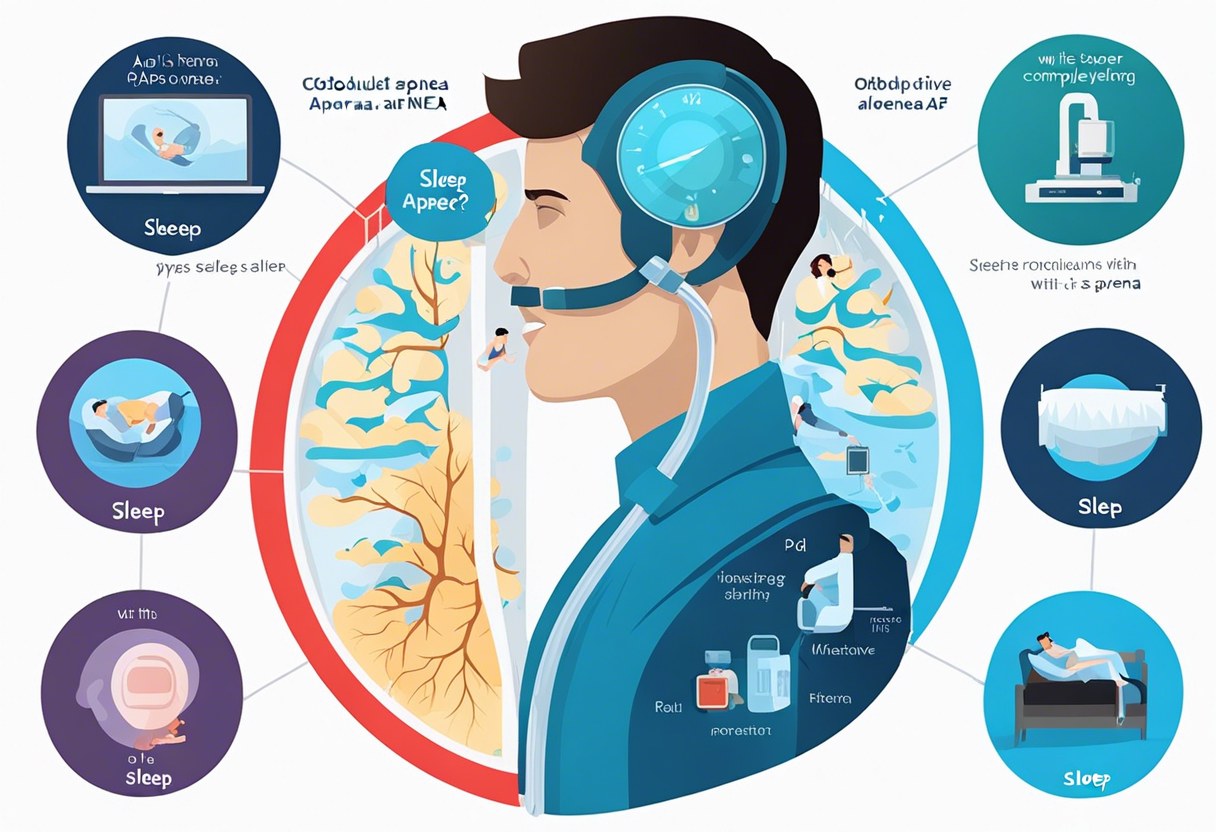Sleep Apnea's Stealthy Dangers: Delving into the Disturbing Risks that Lurk in the Shadows of Night's Silent Breath Thief
Sleep apnea, often referred to as the silent breath thief, is a stealthy ailment that has been linked to a number of serious health conditions. This disorder, which causes breathing to stop and start repeatedly during sleep, is more than just a cause of daytime drowsiness. It is a silent predator that lurks in the shadows of night, posing seemingly invisible threats that can lead to severe health complications. This article aims to shed light on these hidden dangers and the disturbing risks that come with sleep apnea.
What is Sleep Apnea

Sleep apnea is a common yet serious sleeping disorder where a person's breathing repeatedly stops and starts during sleep. This can occur hundreds of times a night, often without the individual being aware. It's important to understand the different types of sleep apnea: obstructive, central, and complex, each with its own causes and implications, to better comprehend the dangers that come with them.
Symptoms and Signs

Understanding the signs and symptoms of sleep apnea is crucial in recognizing the disorder. These include loud snoring, episodes of stopped breathing, abrupt awakenings, insomnia, and excessive daytime sleepiness among others. Recognizing these symptoms can lead to early diagnosis and treatment, reducing the risks associated with the disorder.
The Link between Sleep Apnea and Heart Disease

One of the most disturbing risks of sleep apnea is its connection to heart disease. The repeated episodes of low oxygen levels during sleep can lead to various heart-related problems, including high blood pressure, heart attack, and stroke.
Sleep Apnea and Diabetes

Research has shown a strong link between sleep apnea and type 2 diabetes. The sleep disorder can affect glucose metabolism and promote insulin resistance, increasing the risk of developing diabetes.
Mental Health Risks

Sleep apnea is not just a physical health issue. It can also lead to several mental health problems, including depression, anxiety, and cognitive disorders, due to the chronic sleep deprivation and frequent oxygen deprivation it causes.
Sleep Apnea and Obesity

Obesity is both a cause and a consequence of sleep apnea. The relationship between the two is complex and cyclical, with each condition exacerbating the other, leading to a vicious cycle of health risks.
Sleep Apnea in Children

Sleep apnea is not exclusive to adults. Children can also be affected, leading to problems such as behavioral issues, academic difficulties, and growth problems. Early detection and treatment are crucial in preventing these complications.
